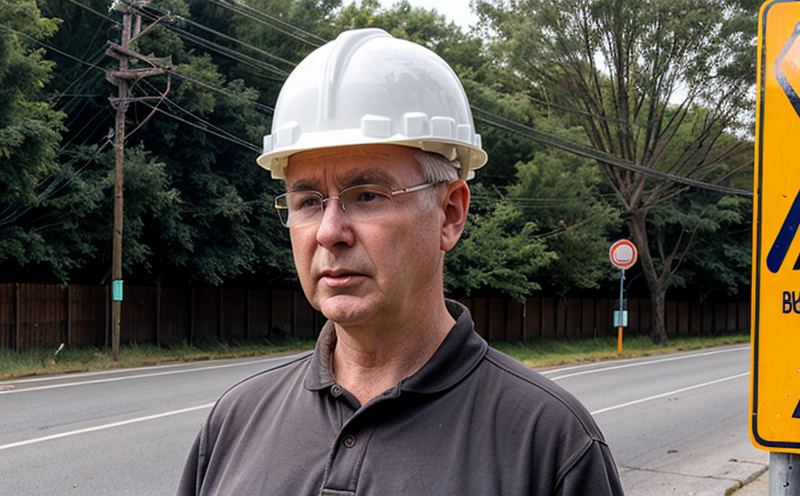ISO 11202 Measurement of Noise Levels in Community Areas
The ISO 11202 standard provides a framework for measuring noise levels in community areas. This service is essential for ensuring that the noise generated by various sources does not exceed acceptable limits as defined by local regulations and standards.
Community noise can originate from diverse sources including but not limited to traffic, industrial activities, construction sites, and public spaces. The standard's purpose is to help organizations identify areas of concern and implement measures to mitigate excessive noise levels. This service plays a crucial role in maintaining the quality of life for residents while ensuring compliance with international standards.
Our laboratory uses advanced equipment and methodologies to perform ISO 11202 measurements accurately and reliably. We employ experienced professionals who are well-versed in the nuances of this standard, ensuring that our clients receive precise results and actionable insights.
The measurement process involves multiple steps, each critical for obtaining accurate data. First, we identify the sources of noise pollution within the community area. Next, we set up monitoring stations at strategically chosen locations to capture comprehensive data. The data collected includes both the intensity and frequency of sound waves over specified periods.
Once the raw data is gathered, it undergoes rigorous analysis using statistical methods prescribed by ISO 11202. This step ensures that any anomalies or outliers are accounted for before finalizing the report. Finally, our team compiles this information into a detailed report highlighting key findings and recommendations tailored to the specific needs of each client.
Our commitment to excellence extends beyond mere compliance; we strive to provide valuable insights that can guide future actions towards sustainable noise management practices. By leveraging ISO 11202's structured approach, businesses and organizations benefit from evidence-based decision-making processes which contribute positively to both environmental stewardship and community relations.
To summarize, the ISO 11202 measurement of noise levels in community areas is more than just a compliance requirement; it serves as an essential tool for understanding and addressing potential issues related to ambient sound quality. With our expertise and state-of-the-art facilities, we offer comprehensive solutions that help clients achieve their environmental objectives while fostering harmonious coexistence between human activities and natural environments.
Applied Standards
| Standard | Description |
|---|---|
| ISO 11202 | International standard for the measurement of noise levels in community areas. |
Benefits
- Ensure compliance with local regulations and international standards.
- Identify sources of excessive noise pollution within community spaces.
- Achieve sustainable environmental practices through informed decision-making.
- Promote positive relationships between business operations and surrounding communities.
Customer Impact and Satisfaction
- Enhanced reputation among stakeholders for responsible corporate citizenship.
- Sustained reduction in complaints from residents regarding noise disturbances.
- Improved operational efficiency by identifying areas needing attention early on.





